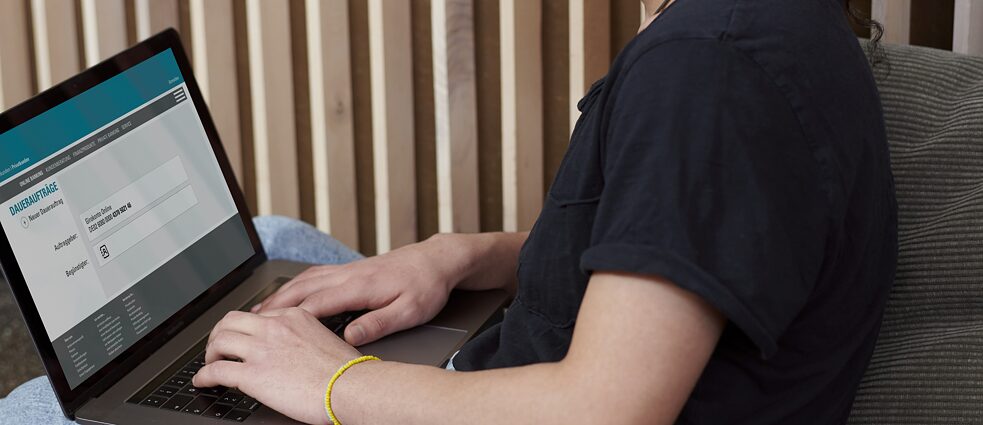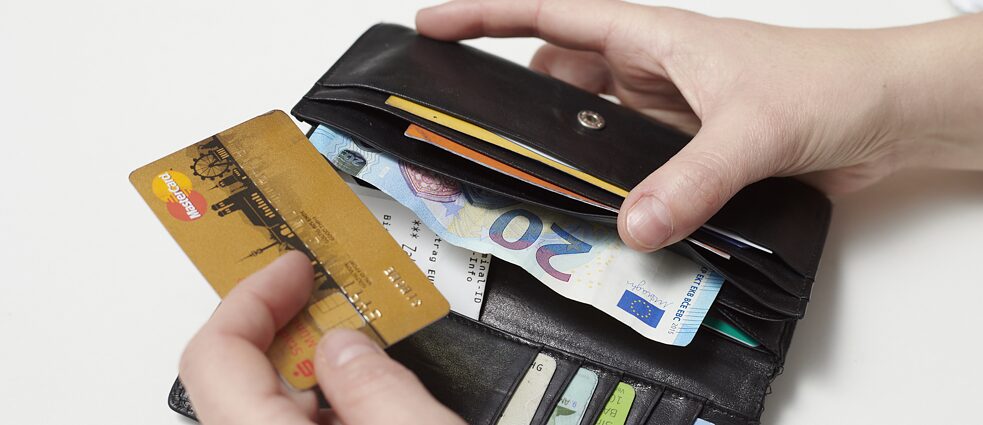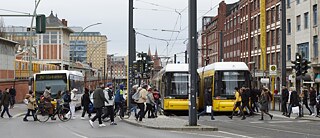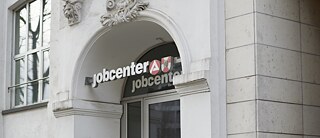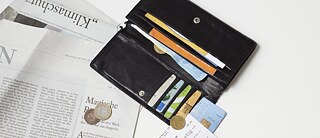
Account
If you live and work in Germany, you need a bank account. You can open your account at a high-street bank or savings bank (Sparkasse). Most banks and savings banks have branches. There are some banks that you can only use on the internet. Usually you have to pay some money for a bank account, a fee. The account is often free for school and university students. There are various types of account: with a credit account you can only withdraw money from the account that you have already paid in. With an account that offers an overdraft (Dispo) you can also withdraw money if you don’t have any more funds in the account. The bank loans you money up to a specified amount. But you have to pay back not only this sum, but also interest. The interest is often very high.
Opening an account
Do you want to open an account? You can do that in any branch. But first the bank/savings bank always has to check your identity. So you need to show your ID or passport.
Many banks allow you to open an account online or by post as well. You can use the postal identity procedure for this: the bank will send you the forms. You take these papers and your ID or passport and go to the post office with them. You can identify yourself there. Sometimes you need your registration card to open your account as well.
Direct debits
You need a current account for your rent and salary: Your employer pays your salary by direct debit. Normally you will have to pay the rent for your accommodation by direct debit. You can set up a direct debit for regular payments. For other payments you can get a form from the bank, the remittance slip. How much money do you want to pay? And who is the recipient of the money? You write this information on the remittance slip. Then you hand in the remittance slip at the bank. Do you want to make your payment online? When you open the account, tell them that you want to do online banking or home banking.
Since 2014, SEPA payments are available in 34 European countries (as of July 2018) to transfer euros as simply as possible. Account numbers have been replaced with IBAN and sort codes with BIC. Both IBAN and BIC can be found on your debit card.
EC card and credit card
You will be issued with an EC card for your current account. If you wish, you can also have a credit card (for instance: MasterCard, Visa). Normally you have to pay something for the credit card. The bank usually sends you the EC card and/or credit card by post. You have to sign the card. A few days later you will receive a secret code for your card through the post, the PIN number. You have to memorise the PIN number.
You can withdraw money from all ATMs with the EC card. To do this, you always need the PIN number. You can pay by credit card in some shops and on the internet. You can pay in cash at your bank branch.
Interest
You will be paid interest by the bank on the balance in your account. You will only receive a low rate of interest for money in your current account. If you want to save money, you can open an instant-access account or a savings account. Then you will be paid a little more interest than on a current account.
Video International Sign
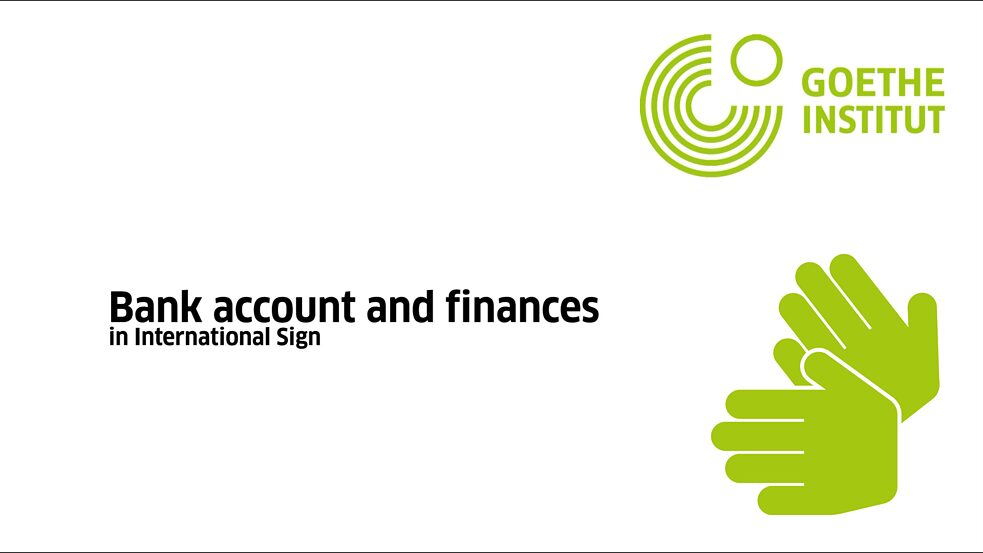
Frequently asked questions
Further questions? Write us via the contact form. We will forward your questions anonymously to the advisors of the youth migration services.
Contact form